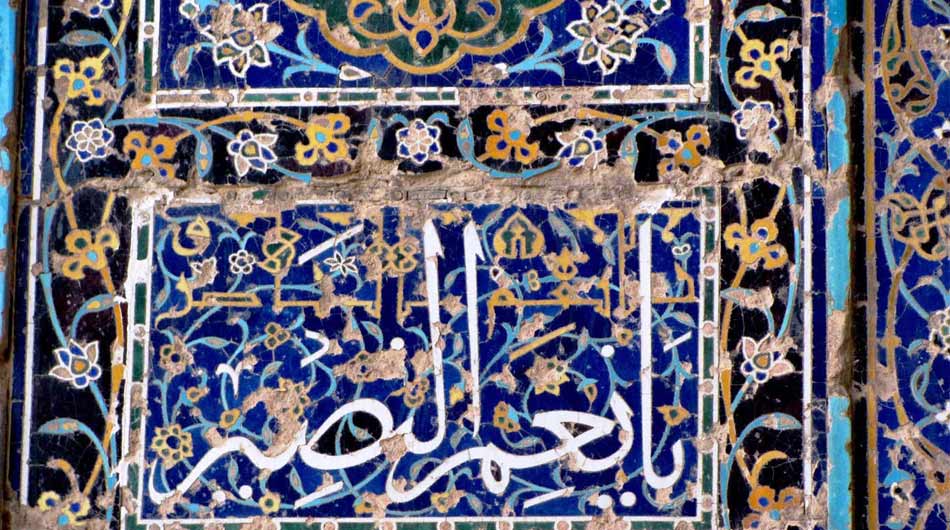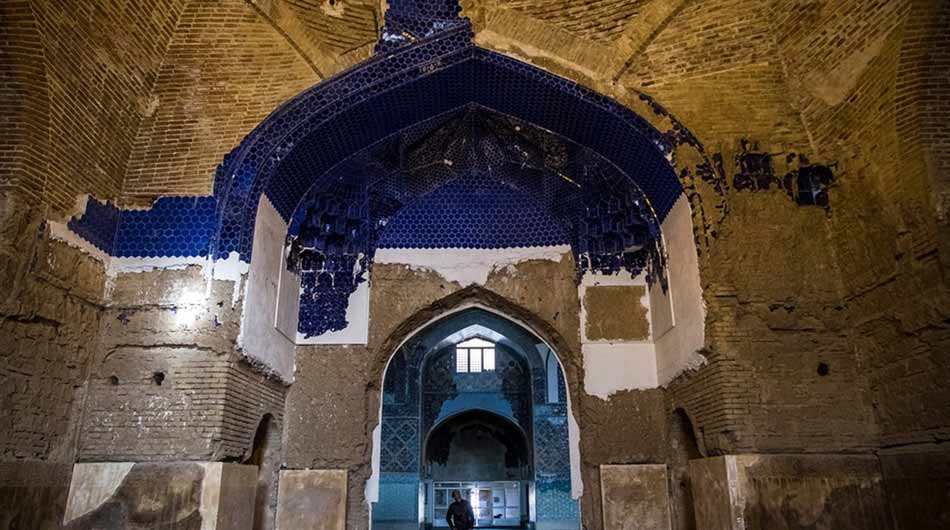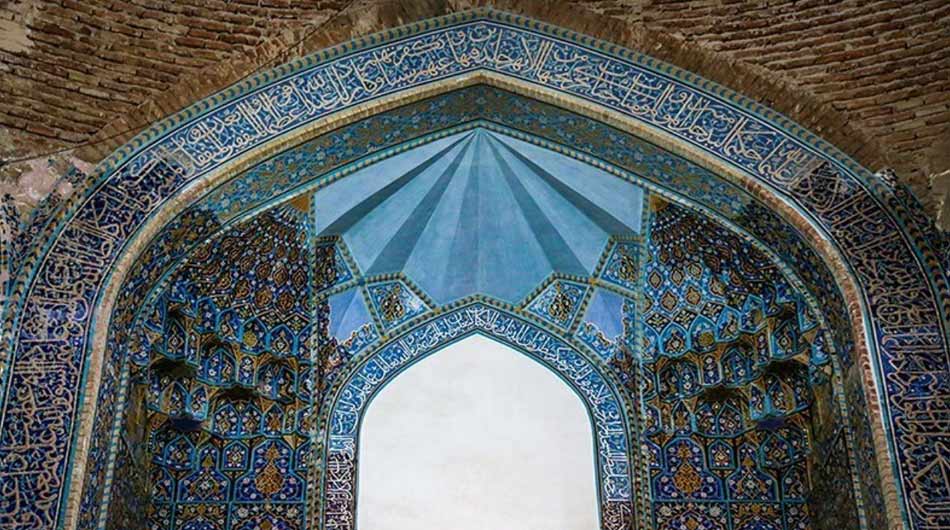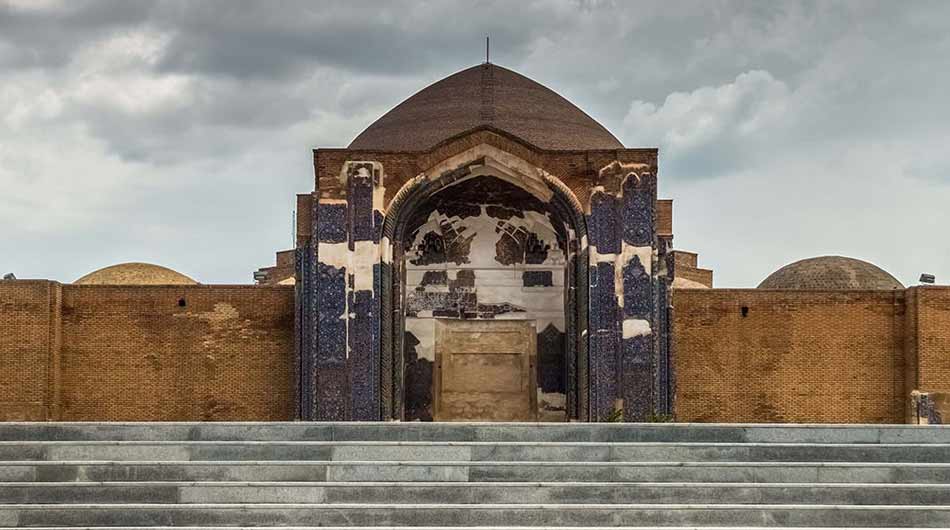Blue Mosque
Iran has so many mosques displaying ancient Persian art and architecture. As a historical city, there are a number of must-see monuments in the city of Tabriz. One of these grand structures is the Blue Mosque in Tabriz, a masterpiece from centuries ago which is covered beautifully with blue tiles. It is a rare mosque in blue. The reason it is called the Blue Mosque or Kabud Mosque is the blue tiles used in the structure. It is one of the main attractions of Tabriz. Blue Mosque was once one of the masterpieces of art and architecture in post-Islamic era. It is the only still standing remnant of Qara Qoyunlu dynasty (1351-1469) in their capital, Tabriz. Also known as “Jahanshah mosque” and “Firuze-ye Islam” (turquoise of Islam), it was built in 1465 in the reign of Sultan Jahanshah.
Based on the inscription on the portal of the mosque, the date of its construction is the 15th century. And also the mosque has been built in Abu Mozaffar Jahanshah Gharaghuiunlu governance. The Blue mosque of Tabriz was built upon the order of Jahan Shah the ruler of Kara Koyunlu dynasty which made Tabriz the capital of his Kingdom. His Kingdom covered major parts of modern Iran, Azerbaijan, and Turkey. When it was constructed in 1465, the Blue Mosque was among the most glorious buildings of its era, a masterpiece of Iranian decorative tile work. It survived one of the history’s worst-ever earthquakes in 1727. However, it collapsed in a later quake in 1773, and therefore, today only a few pillars, parts of the outer wall and the main gate, and sections of the vaulted ceiling and a dome remain.
This mosque used to be part of a larger architectural complex called Mozafarieh, consisting of a number of other buildings like school, library and Sufi convent. The unusual T-shape floor plan, the façade with two minarets and other architectural features indicate the influence of Ottoman architecture. As its name suggests, the Blue mosque used to hold extensive blue tilework but, sadly, the turquoise effect has been lost today. Some parts, namely the dome and its two minarets on the north, were destroyed due to an earthquake in 1779. The ruins were left untouched for several years but, finally, it underwent reconstruction in 1939 which lasted for more than 30 years. The mosque is built on a stone foundation and is chiefly made of fired brick; however, some pieces of rare stone were also used in some parts. Also, the mosque was looted by Ottomans in 1514 and they took eight carpets to Istanbul. The striking feature of the mosque, though not much of it has remained, is its intricate tilework and abundant calligraphies. The mosaic tiles show a wide range of chromatic shades mainly in cobalt blue, gray, light green decorated with floral and vegetal patterns.
The entrance portal is decorated with fine tilework with an inscription bearing the names of the calligrapher, Neʻmatollah Ibn-Mohammad Al-Bavab, and Mozaffarieh edifice. The main entrance leads to the antechamber which makes the center of a corridor surrounding the central dome chamber on three sides, with its two arms leading to the two mihrabs on the south side of the building. The prayer hall holds nine cupolas and two niches (mihrab) on the southern side of the building. The dome chamber is an octagonal floor plan and the dome rests on eight arches. No remains have been recovered from the several smaller dome chambers surrounding this area. The walls used to be decorated with fine azure tiles and intricate gold work resembling the starry nights. Some parts of this decoration are still visible on the ceiling.
Tags:Blue Mosque, East Azerbaijan, East Azerbaijan province, historical-place, Jahanshah mosque, Kabud Mosque, Nature, Tabriz, tour agency, tour operator, tour package, travel agency, travel company, تبریز, مسجد کبود




